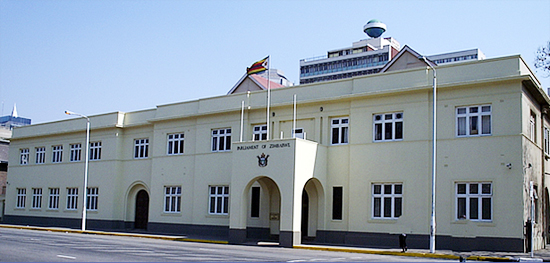Women’s Quota in the National Assembly
The women’s quota was introduced in 2013 under the proportional representation system in which 60 females are elected into the National Assembly, six from each of the country’s 10 provinces.
Section 124 (b) of the Constitution of Zimbabwe provides for the women quota system of 60 seats in Parliament which are given to each political party based on their tally of votes in the House of Assembly elections for each province.
The quota system was set to expire in 2023 but with the advent of the Constitution Amendment Bill No.2 the women’s quota system life span has been extended by 10 years starting from the 2023 general elections and ending in 2033.
Through the amendment, 30 percent of seats in local authorities will now be reserved for women. In addition, political parties must ensure that 10 women elected by proportional representation are under 35. Their party’s lists represent women with disabilities in terms of an Act of Parliament and 10 proportional seats in the National Assembly will be reserved for youths.
Zimbabwe is a signatory to various conventions that call for equal representation of women across all sectors. These include the United Nations (UN), Africa Union (AU) and Southern Africa Development Community (SADC) Conventions and Protocols. The Convention on the Elimination of All Forms of Discrimination against Women (CEDAW) upholds women’s right to participate in public life. The (1995) Beijing Platform for Action is an appeal for women’s empowerment. Sustainable Development Goal (SDG) number 5 provides gender equality in governance and all spheres of life.
“The National Assembly consists of (a) two hundred and ten members elected by secret ballot from the two hundred and ten constituencies into which Zimbabwe is divided; and (b) for the life of the first two Parliaments after the effective date, an additional sixty women members, six from each of the provinces into which Zimbabwe is divided, elected under a party-list system of proportional representation based on the votes cast for candidates representing political parties in a general election for constituency members in the provinces,” reads the constitution.
In addition, Sections 56 and 80 focus on the rights of women and highlight the provision for equal opportunities, in political, social and economic activities.
Women’s quota in local authorities
Section 277 (4) of the Constitution establishes a 30% women quota of the total members of the local council.
“An Act of Parliament may provide for the election, by a system of proportional representation referred to in subsection (5), of at least thirty percent of the total members of the local council elected on ward basis as women. (5) Elections to local authority councils must be conducted in accordance with the Electoral Law, which must ensure that the persons referred to in subsection (4) are elected under a party list system of proportional representation which is based on the votes casts for candidates representing political parties in the local authority concerned in the general election for Members of the local authority,” reads the Amendment.
Youth Quota
Constitution Amendment number two of section 124 (c) states that a further additional ten youths’ members, that is, persons aged from 21 to 35 years of age, one from each of the provinces into which Zimbabwe is divided, elected under a party-list system of proportional representation.
“(i) which is based on the votes cast for candidates representing political parties in a general election for constituency members in the provinces; and (ii) in which male and female candidates are listed alternately: Provided that political parties must ensure that— (a) ten of the sixty women members are under the age of thirty-five.” Read the amendment.
Section 124 (b) states that women with disabilities are represented on their party lists, and (c) young women with disabilities are represented on their party lists in terms of an Act of Parliament.









